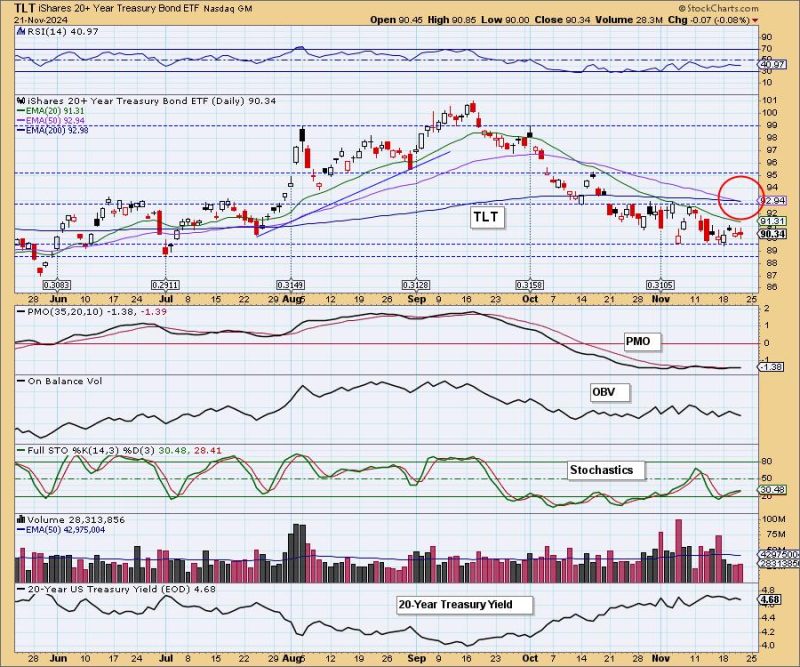The recent occurrence of the death cross sell signal on bond yields has sparked concerns among investors, signaling a potential shift in the market landscape. The death cross, a technical analysis pattern, signifies a bearish trend in the financial markets. In the context of bond yields, the death cross could indicate a potential decline in prices and a rise in yields.
Historically, the death cross has been a reliable indicator of impending market downturns. It occurs when the short-term moving average of a security or index crosses below its long-term moving average, suggesting a shift from a bullish to a bearish trend. In the case of bond yields, the death cross sell signal suggests that longer-dated yields could rise faster than shorter-dated yields, leading to a steepening yield curve.
The implications of the death cross sell signal on bond yields are significant for investors and market participants. A steepening yield curve could impact various sectors of the economy, including housing, banking, and consumer spending. Higher long-term yields may lead to an increase in borrowing costs for consumers and businesses, potentially slowing down economic growth.
Moreover, the death cross on bond yields could also have implications for equity markets. Rising bond yields often result in increased competition for investors’ capital, leading to downward pressure on stock prices. The negative correlation between bond yields and equity valuations could further amplify the impact of the death cross on the broader financial markets.
Given the potential impact of the death cross sell signal on bond yields, investors should closely monitor market developments and adjust their portfolios accordingly. Diversification, risk management, and staying informed about macroeconomic trends are crucial in navigating the challenges posed by shifting market dynamics.
In conclusion, the occurrence of the death cross sell signal on bond yields is a significant event that has the potential to reshape the financial markets. Investors should exercise caution, conduct thorough analysis, and seek professional guidance to mitigate risks and seize opportunities in this evolving market environment.

